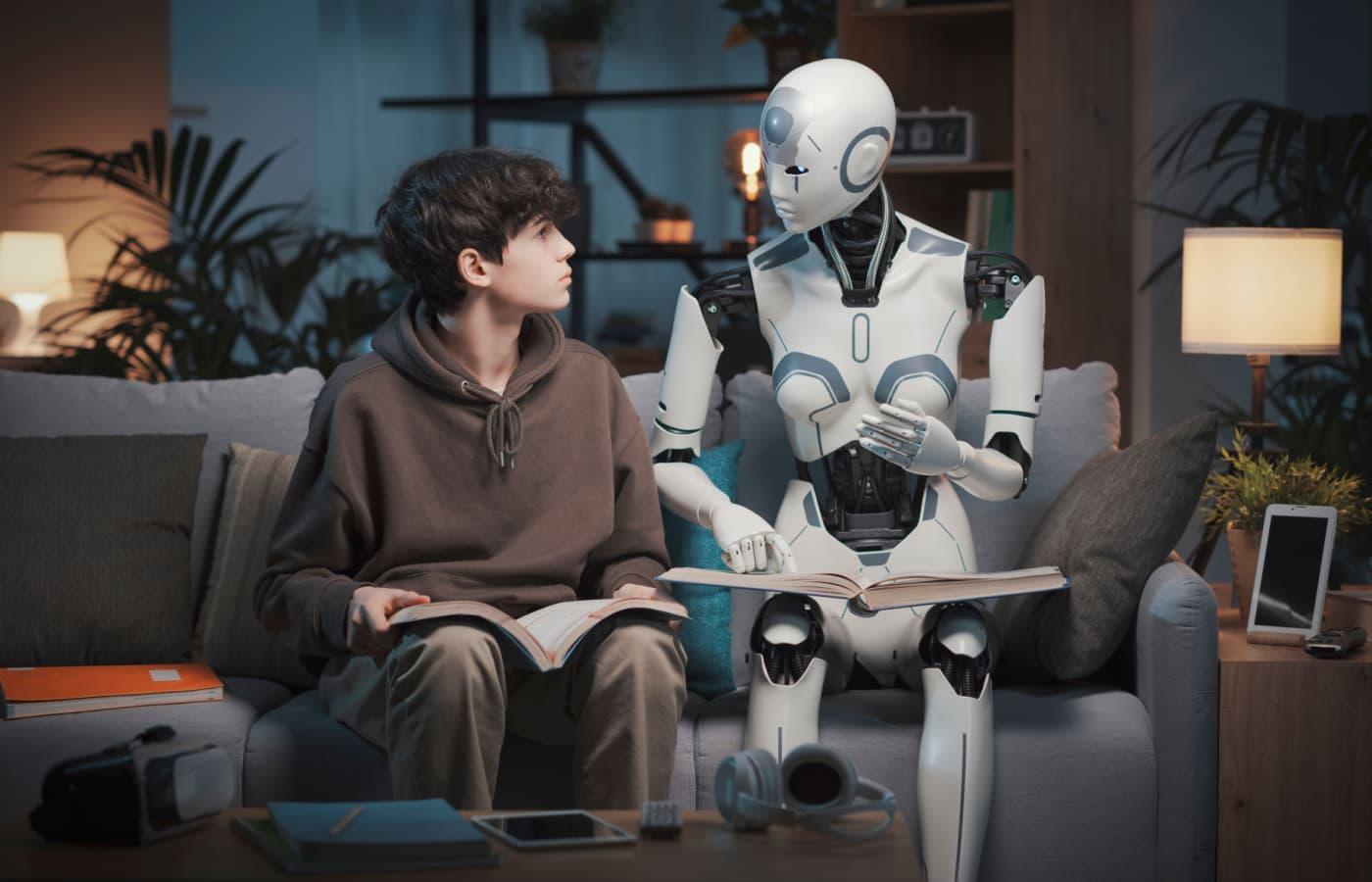“`html
Applications of AI in Robotics: From Industry to Healthcare
Artificial Intelligence (AI) has revolutionized multiple industries, and when paired with robotics, the possibilities become even more exciting. In this article, we will explore the diverse applications of AI in robotics, focusing on both industrial and healthcare settings. We will also offer insights into the benefits, practical experiences, and case studies that demonstrate how these technologies are reshaping our world.
Understanding AI and Robotics
Before diving into applications, it’s essential to define what we mean by AI and robotics:
- Artificial Intelligence (AI): The simulation of human intelligence processes by machines, including learning, reasoning, and self-correction.
- Robotics: The branch of technology that deals with the design, construction, operation, and use of robots.
Combining these two fields leads to intelligent robots that can adapt and respond to their environments, enhancing their functionality and efficiency.
Applications of AI in Industry
The industrial sector has embraced AI-powered robotics for years, leading to significant advancements in efficiency, safety, and productivity. Below are some notable applications:
1. Manufacturing Automation
AI robots are integral to manufacturing processes, where they perform tasks such as:
- Assembly line operations
- Quality control checks
- Inventory management
By utilizing machine learning algorithms, these robots can identify defects and optimize manufacturing processes, resulting in reduced waste and improved quality.
2. Predictive Maintenance
Maintenance downtime is costly in industrial settings. AI-driven robots can predict failures by analyzing data from machine sensors, thus scheduling maintenance before problems arise. This can significantly reduce unexpected downtime by:
- Implementing condition-based monitoring
- Utilizing historical data to forecast issues
3. Supply Chain Management
AI-powered robots play a crucial role in logistics and supply chain management. They can automate tasks such as:
- Sorting and packaging products
- Transporting goods within warehouses
- Route optimization for deliveries
Applications of AI in Healthcare
The healthcare industry is another field where AI and robotics are making a profound impact. Here are some applications to consider:
1. Surgical Robots
AI-assisted surgical robots enhance precision in surgical procedures. They can:
- Minimize invasiveness, leading to faster recovery times
- Provide real-time data analysis for improved decision-making
2. Rehabilitation Robots
These robots assist patients in recovering from injuries or surgeries. They offer:
- Personalized therapy programs
- Continuous monitoring of patient progress
3. Telepresence and Remote Assistance
With AI-driven telepresence robots, healthcare providers can interact with patients remotely. This is particularly beneficial in:
- Rural healthcare delivery
- Emergency response situations
Benefits of AI in Robotics
Integrating AI into robotics comes with several significant benefits, including:
- Increased Efficiency: AI robots can perform repetitive tasks faster and more accurately than humans.
- Enhanced Safety: Robotics can take on dangerous tasks, reducing workplace accidents.
- Cost Savings: Automation can lower operational costs by reducing manual labor and waste.
- Improved Quality: AI can identify and correct errors faster than human inspection.
Case Studies
1. Automation at Amazon
Amazon has integrated AI-powered robots extensively within its warehouses, enhancing package sorting and distribution. This has resulted in:
- Faster delivery times
- Improved inventory management
2. Intuitive Surgical’s da Vinci System
This robotic surgical system uses AI to assist surgeons with minimally invasive procedures. Benefits include:
- Reduced recovery time for patients
- Lower risk of complications
First-Hand Experience
Many professionals report that the integration of AI in robotics has transformed their work environments. For instance:
- Manufacturing Engineer, John Smith: “The AI robots have not only improved our production speed but have also drastically reduced errors in the assembly line.”
- Surgeon, Dr. Jane Doe: “Using AI-assisted surgical robots has changed the way I perform procedures. The precision and real-time data are invaluable.”
Practical Tips for Implementing AI in Robotics
If you’re considering incorporating AI into your robotics projects, here are some tips:
- Conduct feasibility studies: Understand the specific needs of your industry.
- Invest in training: Ensure that your team is skilled in AI and robotics.
- Pilot projects: Start with smaller projects before scaling up.
Future Trends in AI and Robotics
The combination of AI and robotics is continuously evolving. Here are a few trends to watch:
- Increased Collaboration: Human-robot collaboration will become more seamless, enhancing teamwork.
- Smart Factories: The evolution of Industry 4.0 will see more interconnected AI-driven robots.
- Advanced Machine Learning: Future robots will possess even more advanced learning capabilities, enhancing their adaptability.
Conclusion
The applications of AI in robotics span across industries from manufacturing to healthcare, transforming the way we work and care for individuals. As technology continues to advance, we can expect even greater innovations that will reshape our world. By understanding the benefits and possibilities of AI in robotics, businesses and healthcare providers can make informed decisions that will lead to increased efficiency, reduced costs, and improved outcomes. The future is here, and it’s powered by AI and robotics.
“`

